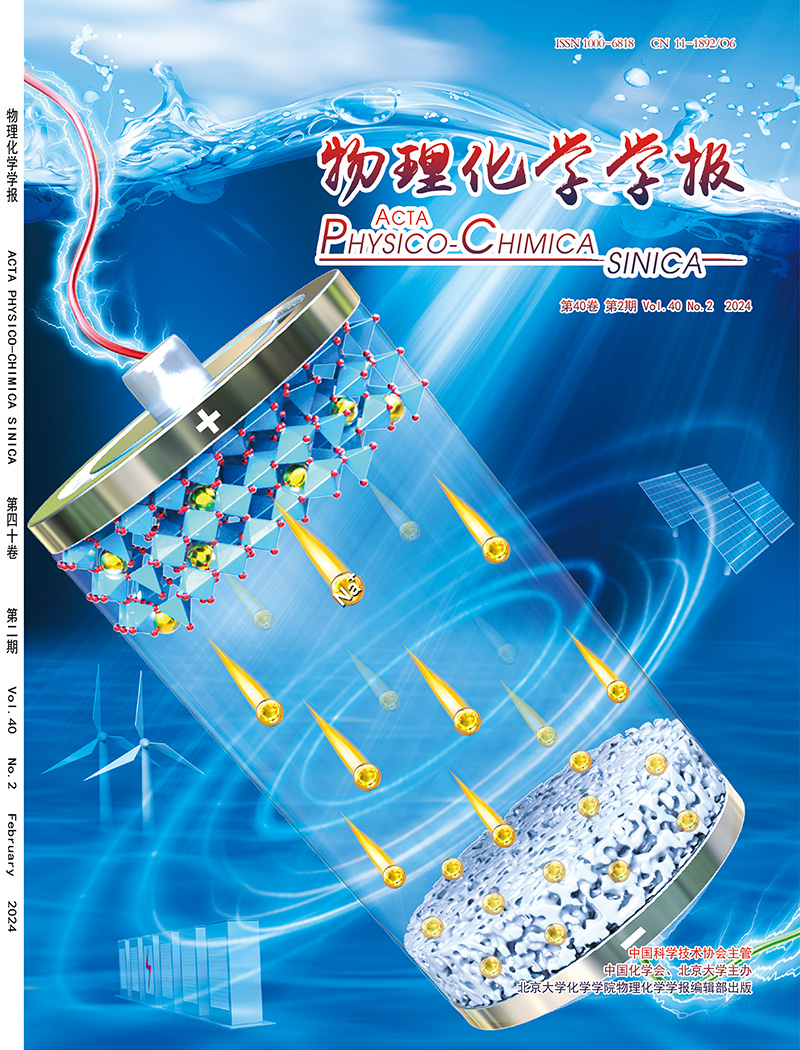Construction of 4-Amino-1H-imidazole-5-carbonitrile Modified Carbon Nitride-based Donor-Acceptor Photocatalyst for Efficient Photocatalytic Hydrogen Evolution
IF 10.8
2区 化学
Q1 CHEMISTRY, PHYSICAL
引用次数: 0
Abstract
Photocatalytic hydrogen generation through water splitting driven by solar energy is regarded as a highly promising strategy to tackle the challenges of the energy crisis and environmental contamination. Tuning the electronic properties and band structures of photocatalysts is critical to improving the efficiency of charge separation and the activity of hydrogen production. Herein, donor-acceptor modified polymeric carbon nitride (CN)-based copolymers are synthesized via the introduction of 4-amino-1H-imidazole-5-carbonitrile (AICN) into the molecular skeleton of CN. The incorporation of electron donor AICN units can broaden the π-conjugated system and promote the spatial charge separation in the catalysts, thus resulting in enhanced light utilization and improved intramolecular charge carrier transfer rate. As a consequence, the AICN modified CN samples exhibit an increased photocatalytic hydrogen evolution rate, and the optimal photocatalytic activity can reach 3204 μmol·h−1·g−1. This molecular engineering strategy provides an effective avenue to develop high-performance CN-based photocatalysts for hydrogen evolution.
- Download: Download high-res image (63KB)
- Download: Download full-size image
求助全文
约1分钟内获得全文
求助全文

 求助内容:
求助内容: 应助结果提醒方式:
应助结果提醒方式:


